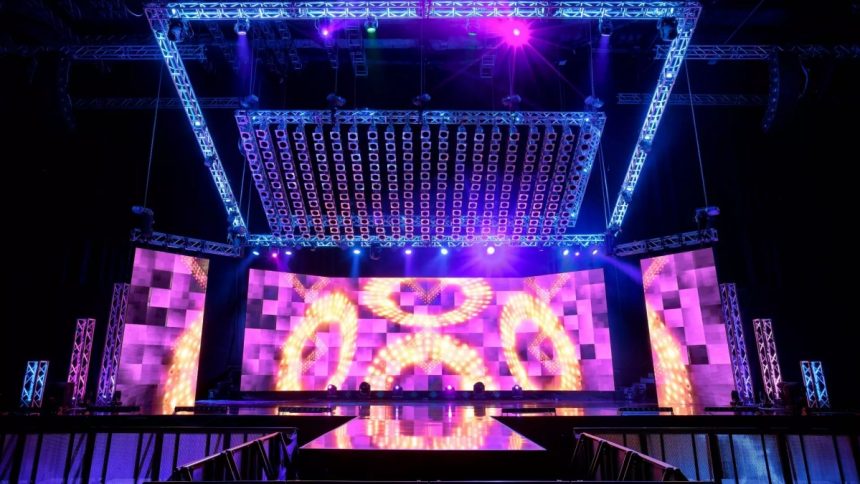Protecting our children is paramount, and safeguarding the performing arts is equally vital. Stage railings are essential for preventing injuries among artists and crew members. They provide comfort and security, whether in a small community theater or a large concert venue. Railings serve as a crucial boundary, allowing performers to focus on their craft without worrying about potential accidents or silhouettes misaligning on stage.
Methods of manufacturing Stage Railings
Stage railings come in various types, each designed to meet specific needs. Permanent railings enhance overall safety and are ideal for venues that host regular events; they are typically constructed from sturdy materials like steel or aluminum. In contrast, temporary railings provide flexibility, featuring movable sections that can be easily adjusted to accommodate different stage layouts. Made from lightweight materials, they are perfect for venues that frequently change their stage setups. Keep these factors in mind when you buy stage railings.
Choosing the Right Material
The material you choose for stage railings significantly impacts their effectiveness. Metal options, like steel and aluminum, offer durability and strength, although they can be more costly. Wooden railings provide a classic aesthetic but require regular maintenance to ensure safety and longevity. Alternatively, glass railings create a modern look that maximizes natural light, offering transparency that allows audiences an unobstructed view of the performance. Each material has its benefits, so consider the stage’s needs and design when making your choice.
Building Performer Confidence
Performers thrive in an environment that boosts their confidence and showcases their talent. Stage boundaries play a vital role in preventing falls, allowing artists to focus solely on their performances. This newfound assurance inspires creativity and innovation, enabling dancers to explore intricate and risky movements in complex choreography. With the security of proper railings, performers can express themselves fully and elevate their shows to new heights.
Protecting the Audience
Audience safety is paramount. Railings serve a dual purpose: they protect both performers and spectators. In situations involving audience interaction, railings help manage crowd control, acting as a barrier that prevents accidental stage access. This added layer of protection creates a secure environment for everyone involved, ensuring that the performance can unfold safely and without interruptions. By maintaining a clear boundary, railings enhance the overall experience for both the audience and performers, fostering an atmosphere of safety and engagement.
Compliance with Regulations
Venues must adhere to various safety regulations and standards, including the installation of stage handrails. These handrails ensure compliance with legal requirements and help prevent potential violations. To maintain safety, regular inspections and maintenance of the railings are essential. This proactive approach ensures that the handrails function effectively, serving their intended purpose without failure. By prioritizing these safety measures, venues create a secure environment for both performers and audiences, ultimately enhancing the overall experience while minimizing the risk of accidents or injuries. Consistent attention to safety standards is crucial for maintaining a reliable and secure setting.
Professional Look
Handrails contribute significantly to the aesthetics of a stage, enhancing its overall appearance. Well-designed railings can complement the presentation, aligning with the event’s theme and the venue’s style. When aesthetics and functionality are in harmony, the production is elevated, creating a more professional look. This thoughtful design not only enriches the visual appeal but also leaves a lasting impression on the audience, adding a touch of elegance that enhances their overall experience.
Conclusion
Stage railings are essential for creating a safe and secure environment for both performers and audience members. They provide necessary protection and instill confidence in performers while helping venues comply with safety standards. The right materials can enhance not only safety but also aesthetics, contributing to a more appealing stage design. By prioritizing these elements, productions can run smoothly, ensuring that both audience members and performers enjoy an entertaining experience. In a world where safety is paramount, stage railings exemplify the commitment to taking every possible measure to protect everyone present at each performance.
Lynn Martelli is an editor at Readability. She received her MFA in Creative Writing from Antioch University and has worked as an editor for over 10 years. Lynn has edited a wide variety of books, including fiction, non-fiction, memoirs, and more. In her free time, Lynn enjoys reading, writing, and spending time with her family and friends.















